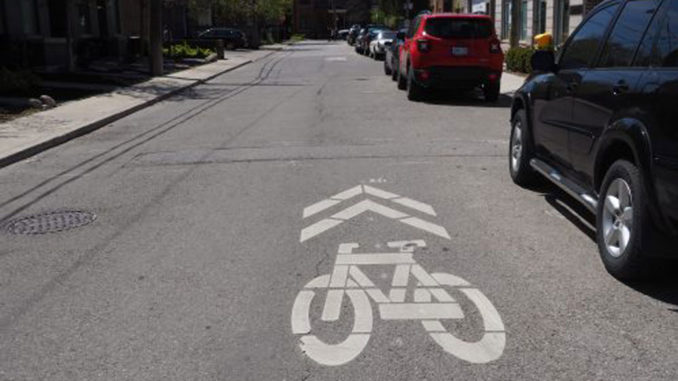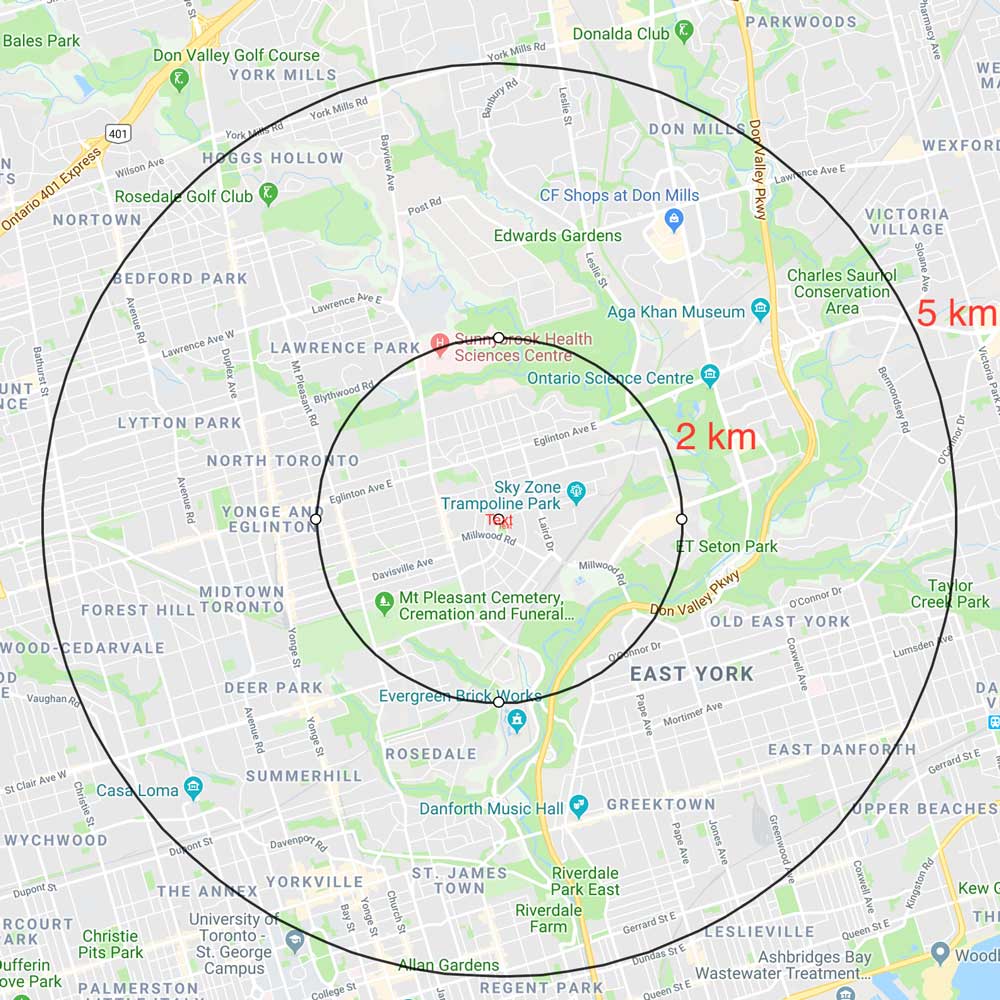
Throughout the pandemic, it’s been obvious that people have been out walking and cycling more. Not only has people’s health and fitness benefited, air quality improved as well. But as things have opened up, are you seeing a big uptick in car traffic with longer lines at traffic signals, more congestion and longer travel times to get from a to b? Those eerily empty streets of the early pandemic are now a distant memory. If this is a trend that sticks, we could have a serious problem.
Risk of emissions reductions being reversed
TransformTO is Toronto’s plan to address climate change and it calls for a reduction in emissions from 1990 levels to a target of 65 percent lower by 2030 and net zero emissions by 2050, or sooner. According to the City’s 2018 Greenhouse Gas Inventory, transportation was the second largest source after buildings, accounting for 36 per cent of all greenhouse gas emissions, with 80 per cent coming from personal vehicles. The good news is that Toronto was already making great strides in reductions of greenhouse gas emissions from transportation before the pandemic, going from 7.3 megatonnes in 1990 to 5.8 megatonnes in 2018. But if more people return to driving, instead of walking, cycling and taking transit, we could see these reductions reverse.
Adding active transportation to the mix
One aspect of Toronto’s strategy to get to net zero for transportation is something that just about everyone can get in on, and many have during the pandemic. The City is looking for 75 percent of all trips of 5 km or less to be walked or cycled by 2050. In Leaside, we are fortunate to live in a neighbourhood where many amenities – schools, shopping, recreation facilities, health care and our library, are within a comfortable walking or cycling distance. This isn’t about giving up driving, just choosing to drive less and substituting the shorter trips with a walk or a bike ride.
How to keep the positive trends going
Increases in people getting around on foot and by bike were seen as one of the positives to come out of the pandemic. Plenty of people of lost weight and upped their fitness levels simply by adding active transportation to their mobility repertoire. So how do we keep this going? If you can swap one trip per week that you usually drive with a walk or cycle, that’s a great start. And if you find you like it, swap out another one. Not everyone will be able to make this transition, but if more of us do, we have a much better chance of reaching our emission reduction targets. And that’s a silver lining all of its own.
How many car trips could you make by bike or on foot?
At a leisurely pace, you can cover 5 km in 25 minutes by bike. Walking 2 km takes about the same amount of time and walking there and back adds more than 5,000 steps to your day. This map shows a 2 km and 5 km radius from Trace Manes Park.



